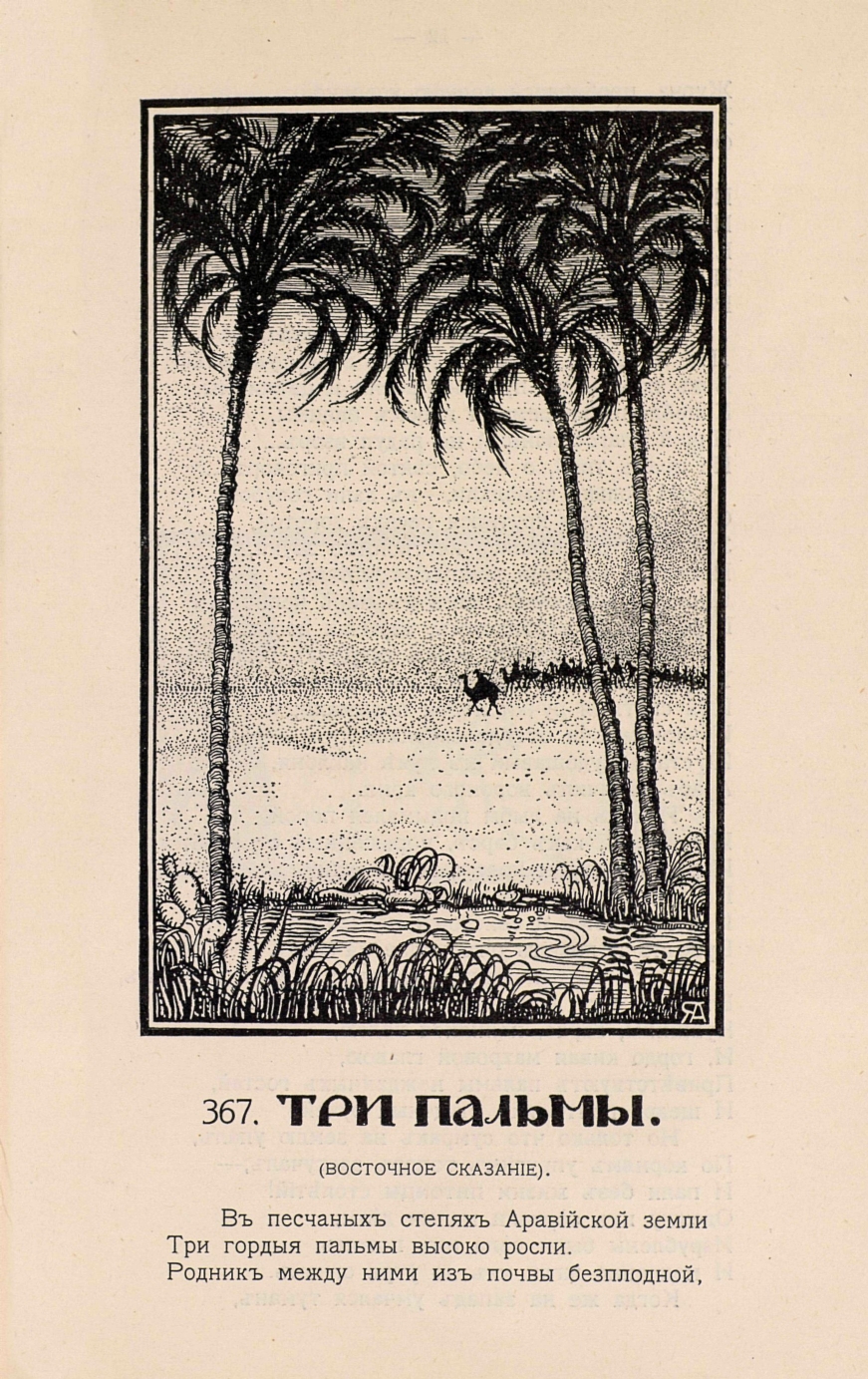|
Three Palms
''Three Palms'' (''Три Пальмы'') is one of the most famous poetic works of the Russian poet Mikhail Lermontov. The poem was created in 1839. It was published for the first time in the literary magazine ''Domestic notes'' 1839, volume V, #8, section III, p. 168-170. The poem appeared in the Collected works of M. Lermontov published by Elias Glazunov and Co. in 1840. Lermontov composed the poem in amphibrach tetrameter, the same meter and strophe used by Alexander Pushkin Alexander Sergeyevich Pushkin (; rus, links=no, Александр Сергеевич ПушкинIn pre-Revolutionary script, his name was written ., r=Aleksandr Sergeyevich Pushkin, p=ɐlʲɪkˈsandr sʲɪrˈɡʲe(j)ɪvʲɪtɕ ˈpuʂkʲɪn, ... in his ''Imitation of the Koran'', part IX, "And a weary traveler murmured to God..." References "Lermontov, Mikhail Yurievich". az.lib.ru. Retrieved 2012-12-01.Three Palms by Mikhail Lermontov [...More Info...] [...Related Items...] OR: [Wikipedia] [Google] [Baidu] |
Mikhail Lermontov
Mikhail Yuryevich Lermontov (; russian: Михаи́л Ю́рьевич Ле́рмонтов, p=mʲɪxɐˈil ˈjurʲjɪvʲɪtɕ ˈlʲɛrməntəf; – ) was a Russian Romantic writer, poet and painter, sometimes called "the poet of the Caucasus", the most important Russian poet after Alexander Pushkin's death in 1837 and the greatest figure in Russian Romanticism. His influence on later Russian literature is still felt in modern times, not only through his poetry, but also through his prose, which founded the tradition of the Russian psychological novel. Biography Mikhail Yuryevich Lermontov was born in Moscow into the respectable noble family of Lermontov, and he grew up in the village of Tarkhany (now Lermontovo in Penza Oblast). His paternal family descended from the Scottish family of Learmonth, and can be traced to Yuri (George) Learmonth, a Scottish officer in the Polish–Lithuanian service who settled in Russia in the middle of the 17th century. He had been captur ... [...More Info...] [...Related Items...] OR: [Wikipedia] [Google] [Baidu] |
Amphibrach
An amphibrach () is a metrical foot used in Latin and Greek prosody. It consists of a long syllable between two short syllables. The word comes from the Greek ἀμφίβραχυς, ''amphíbrakhys'', "short on both sides". In English accentual-syllabic poetry, an amphibrach is a stressed syllable surrounded by two unstressed syllables. It is rarely used as the overall meter of a poem, usually appearing only in a small amount of humorous poetry, children's poetry, and experimental poems. The individual amphibrachic foot often appears as a variant within, for instance, anapaestic meter. It is the main foot used in the construction of the limerick, as in "There once was / a girl from / Nantucket." It was also used by the Victorians for narrative poetry, e.g. Samuel Woodworth's poem "The Old Oaken Bucket" (1817) beginning "How dear to / my heart are / the scenes of / my childhood." W. H. Auden's poem "O where are you going?" (1931) is a more recent and slightly less metrically- ... [...More Info...] [...Related Items...] OR: [Wikipedia] [Google] [Baidu] |
Alexander Pushkin
Alexander Sergeyevich Pushkin (; rus, links=no, Александр Сергеевич ПушкинIn pre-Revolutionary script, his name was written ., r=Aleksandr Sergeyevich Pushkin, p=ɐlʲɪkˈsandr sʲɪrˈɡʲe(j)ɪvʲɪtɕ ˈpuʂkʲɪn, a=ru-Pushkin.ogg; ) was a Russian poet, playwright, and novelist of the Romantic era.Basker, Michael. Pushkin and Romanticism. In Ferber, Michael, ed., ''A Companion to European Romanticism''. Oxford: Blackwell, 2005. He is considered by many to be the greatest Russian poetShort biography from University of Virginia . Retrieved 24 November 2006.Allan Rei ... [...More Info...] [...Related Items...] OR: [Wikipedia] [Google] [Baidu] |

